How does a gait analyzer work?
Simply put, a gait analyzer is an intelligent system that can "understand how you walk". Its core principle is to collect dynamic information such as foot force, posture changes, and center of gravity transfer in real time through sensors and computing models.
It mainly includes the following key steps:
1. Pressure sensing acquisition
When a person walks on a gait analyzer, every time the sole of the foot touches the ground and leaves the ground, a pressure signal will be transmitted on the sensor plate. These sensors can accurately record the force magnitude and duration of each part of the sole of the foot, forming a dynamic "pressure map".
2. Center of gravity trajectory analysis
The system will track the entire process from lifting your foot to landing, capture the movement path of the center of gravity of the body left and right, front and back, and determine whether you have bias, tilt, or asymmetric gait.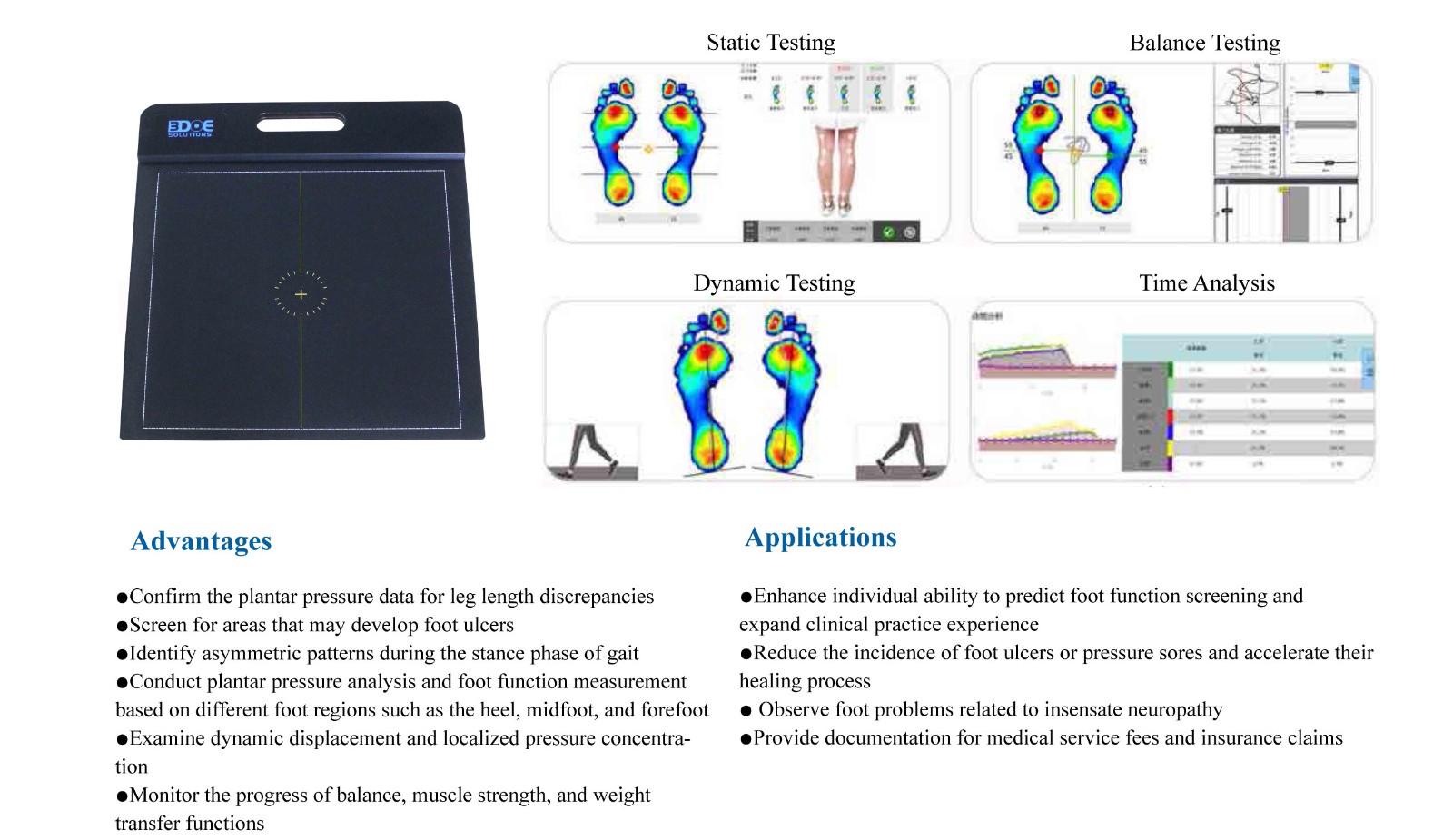
3. Gait parameter calculation
Through algorithm analysis, the system can generate a series of professional data: step length, step frequency, gait cycle, ankle-knee angle, left and right leg coordination, etc., which fully reflect your walking pattern.
These seemingly cold data actually hide the "sports truth" of your body posture, muscle force, and bone structure.
How to use these data in insole customization?
Everyone has different foot shapes, different walking habits, and different problems.
Therefore, a pair of truly effective insoles must be "customized" according to your gait characteristics.
The results of gait analysis can be mainly applied in the following aspects:
1. Determine the arch type and force deviation
Through the plantar pressure map, technicians can clearly see whether you have flat feet, high arches or normal arches, which side is too stressed, and which areas need support or buffering.
2. Accurately design support structure
If your arch collapses, you need to strengthen the midfoot support;
If your heel is turned outward, you need to adjust the heel slope angle;
These small but critical adjustments must be based on real gait data to be accurate.
3. Personalized materials and regional distribution
Different areas use materials of different hardness, elasticity, and thickness to achieve multiple functions such as shock absorption, support, correction, and protection.
4. Optimize the functional positioning of insoles
Is it daily walking? Or standing for a long time? Sports running? Workplace?
Gait analysis can also provide adaptive suggestions for different usage scenarios and design a more reasonable insole structure.
Why do ordinary people deserve a set of customized insoles?
In the past, only professional athletes, dancers, and rehabilitation patients would use gait analyzers.
But now, with the popularization of technology and optimization of equipment, everyone who cares about health can enjoy the benefits it brings.
Especially the following groups:
People with frequent foot pain, plantar fasciitis, and hallux valgus
Service industry or medical staff who stand and walk for a long time at work
Children are in the bone development period and have abnormal walking posture
Middle-aged and elderly people walk unsteadily and want to prevent falls
People who run and exercise regularly and hope to protect joints and improve sports performance

 +86-0755-86131192
+86-0755-86131192 2025-05-26
2025-05-26 Back to list
Back to list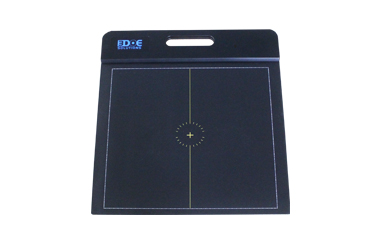
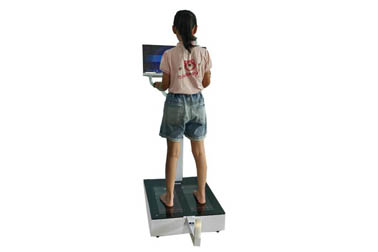
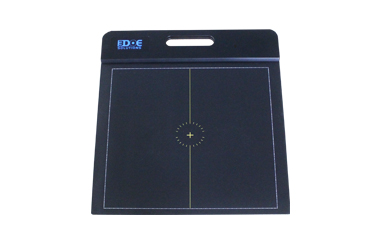
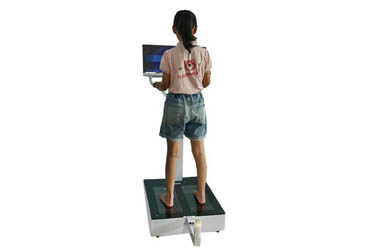
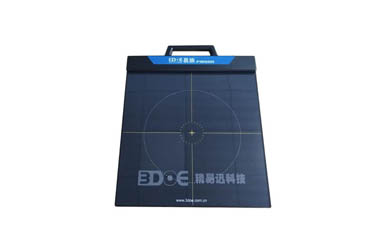
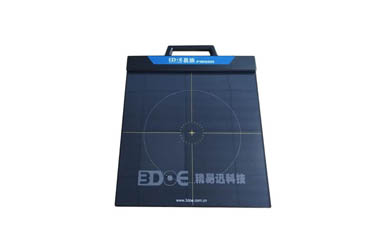



 +86-0755-86131192
+86-0755-86131192